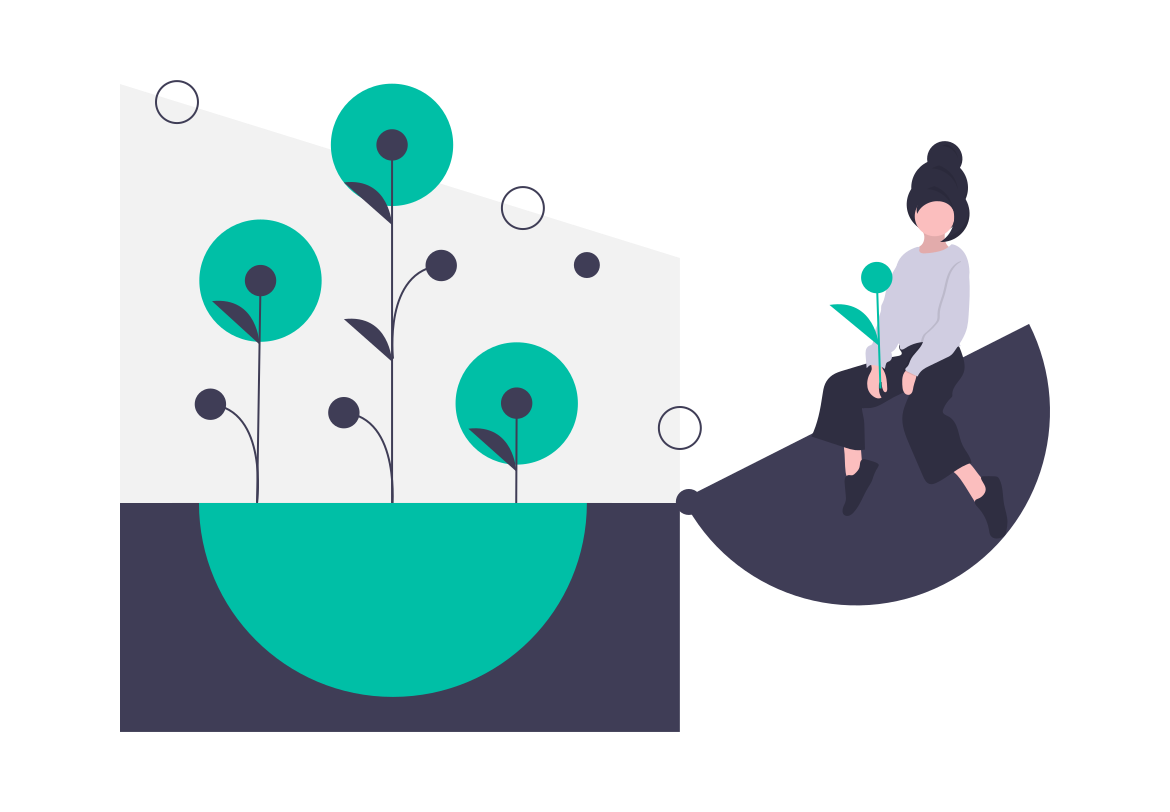Abstract
Problem Statement
With the world population increasing annually, it is essential to increase food production to keep everyone well fed. It is predicted that the world population may rise to 9.7 billion by 2050, allowing the demand for food production to increase by 69% [1]. Hence, it is evident that farm processes must be optimised.
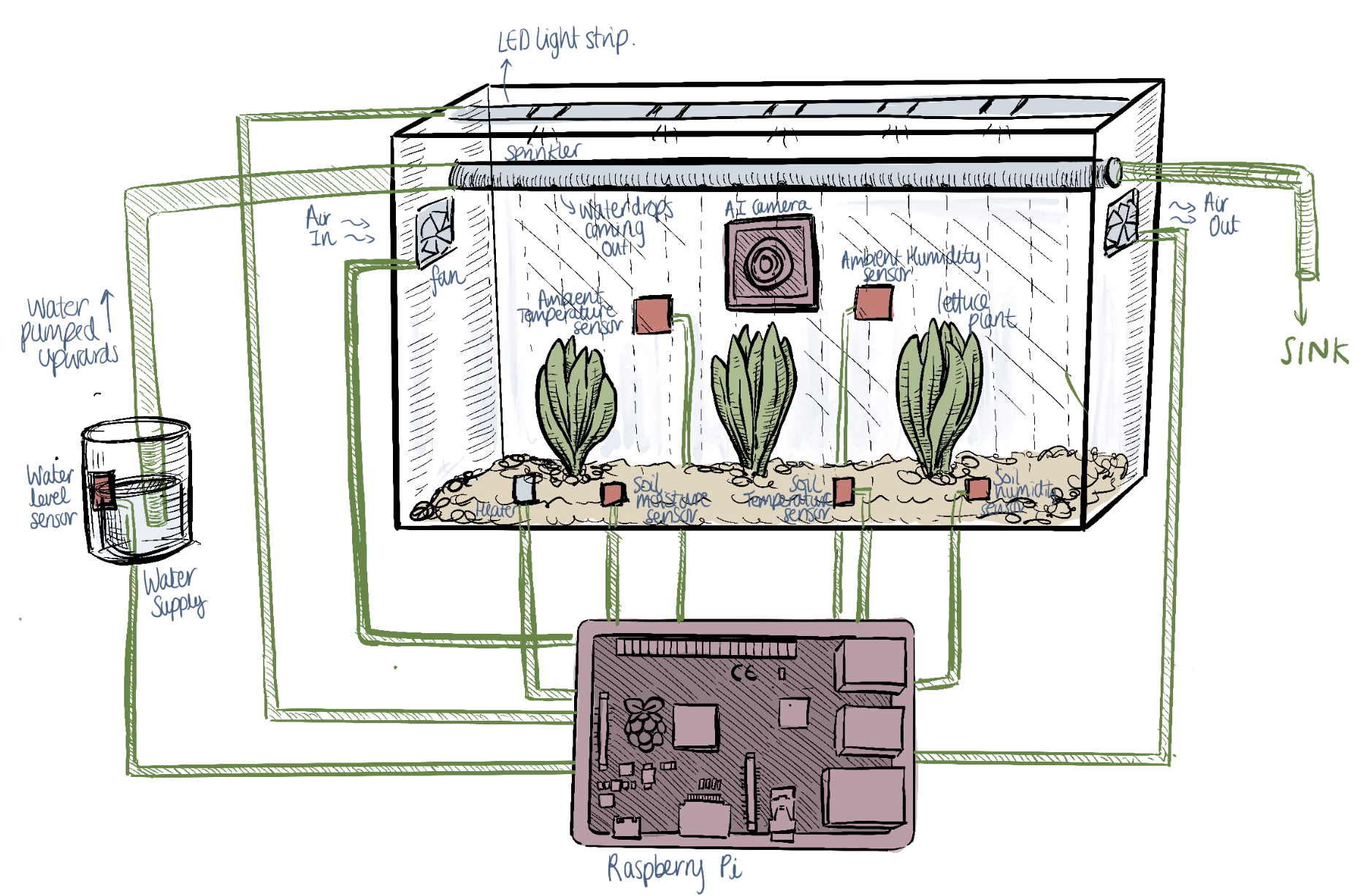
Our Solution
We can significantly increase the efficiency of farm processes by introducing the concept of smart farming. This means using many IoT sensors to precisely monitor conditions needed to grow plants or to take care of livestock. By using embedded systems with Azure cloud services we could collect and analyse data from farms, then output predictions and actuations to improve agricultural processes. We narrowed down our focus to centre on plants, creating a system that optimises factors such as brightness and water level shown in the diagram.
Project Introduction Video
Development Team
Here are the members of team 28:
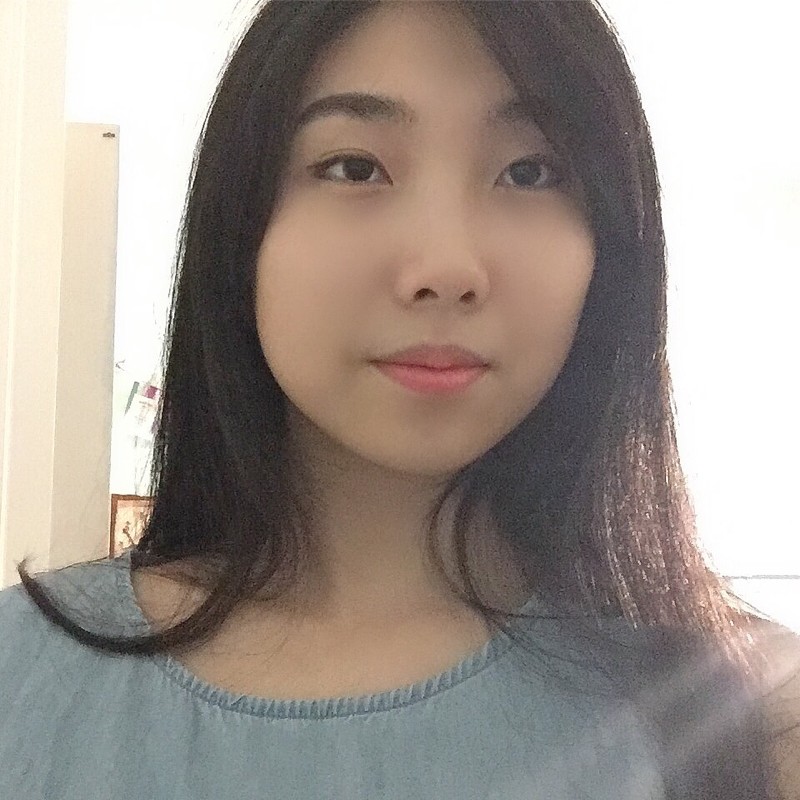
Angela Yu
UCL MEng Computer Science Student from London.
Email: angelayu910403@gmail.com
GitHub: angela24680403
Roles/Tasks: UI designer, Lead Frontend Developer,
Partial Backend Developer and Programmer for combining frontend and
backend code.

Szymon Duchniewicz
UCL MEng Computer Science Student from Poland.
Email: szymon.duchniewicz.20@ucl.ac.uk
GitHub: Willmish
Roles/Tasks: Software/Hardware Team Lead,
Edge Device Backend Architect, Cloud Side Solution Designer,
and Backend Developer.
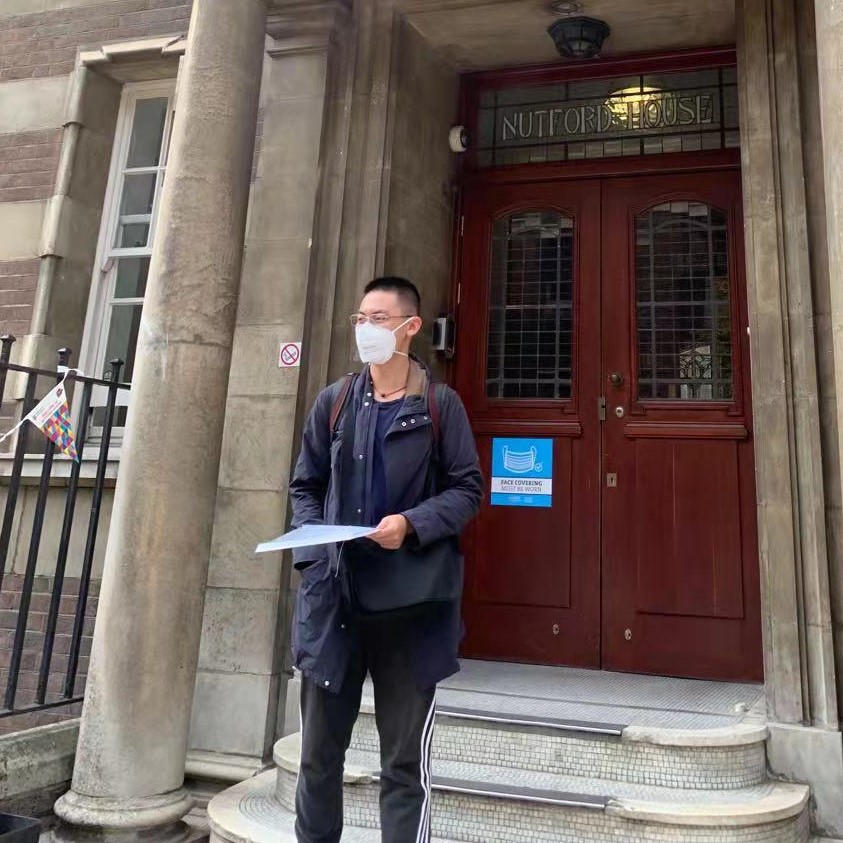
Tianchi Chen
UCL MEng Computer Science Student from China.
Email: mithrandir_chen@hotmail.com
GitHub: wheatwolftianchi
Roles/Tasks: Hardware Circuit Designer, Programmer for Data Analysis
and Backend Developer.
Project Management
Below shows the Gantt Chart we have been following to complete this project.
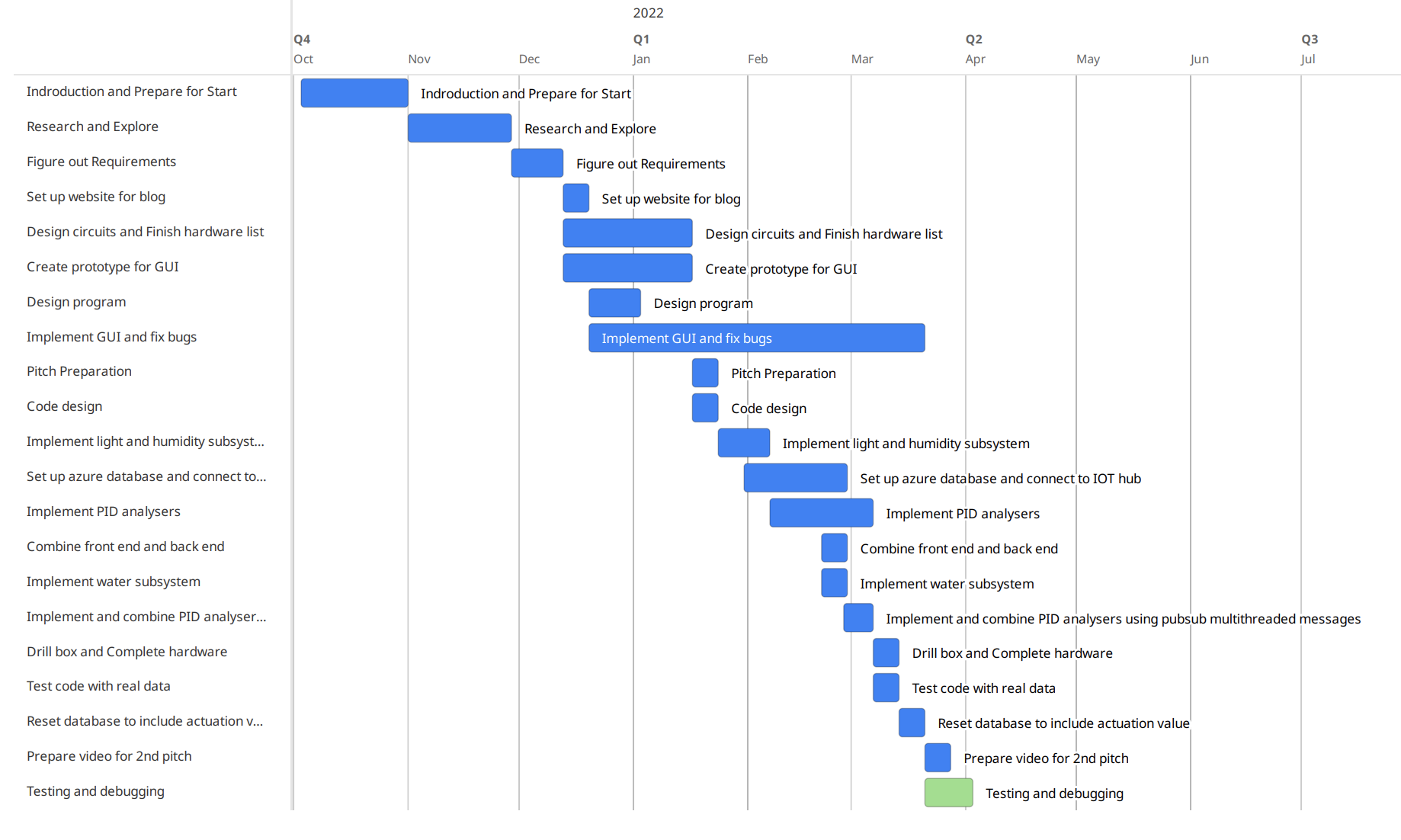
References
[1] A. Meola, "Smart Farming in 2020: How IoT sensors are creating a more
efficient precision agriculture industry,"
2 February 2021. [Online].
Available: https://www.businessinsider.com/smart-farming-iot-agriculture?r=US&IR=T.
